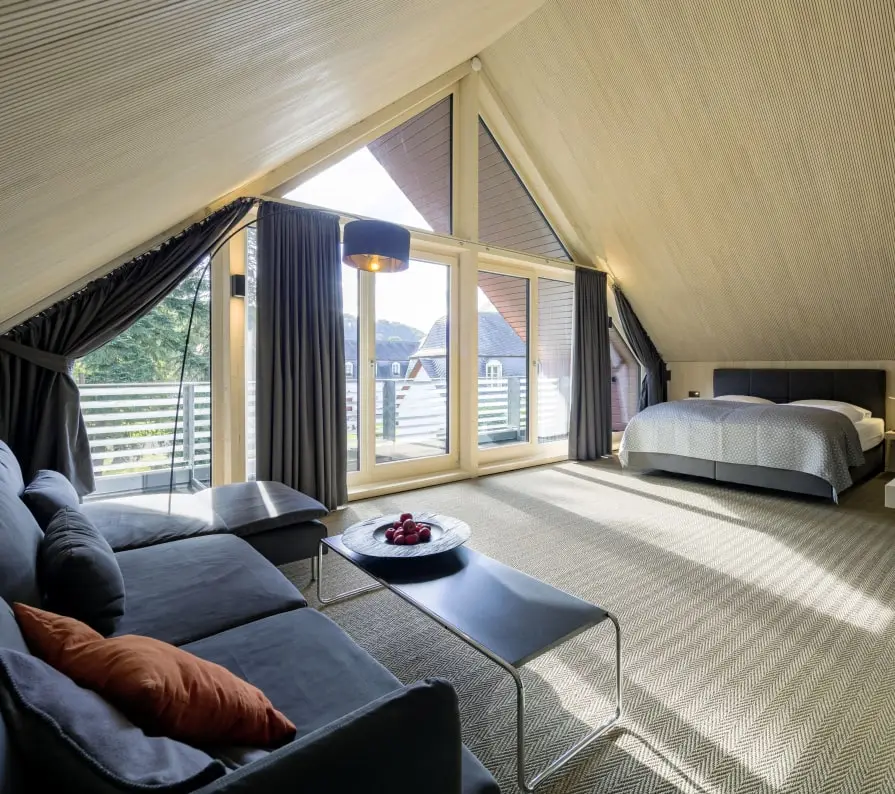Princess Elisabeth Station
First energy self-sufficient zero-emission station
The Belgian polar research station, is the first energetically self-sufficient zero-emission station in the Antarctic. During its service life of 25 years, it is expected to provide important findings for combating climate change. The aerodynamically designed structure has a stainless steel outer skin and consists of 80 percent wood. This can reduce the drop in indoor humidity in the dry, cold polar air. Solar cells and wind turbines generate electricity and waste is immediately recycled on site.
Configuration overview
Components used
![Bauteil |]()
LIGNO® Block Q3 | Roof component
Product code: LIGNO® Block Q3_Special elementWood type
Various wood species are available for the visible layer. For quality reasons, individual wood species cannot be configured for all profiles; for technical reasons, surface treatments are excluded for some wood species.
Wood type
_NSI Industrial quality
Reference-related
Downloads
Project participants

International Polar Foundation

Philippe SAMYN and PARTNERS sprl, architects & engineers
1537 Chaussée de Waterloo
BE - 1180 Uccle

Ingenieurbüro 3E

Prefalux S.A.
18 Rue de la Gare
LUX - 6117 Junglinster
www.prefalux.lu

belga INTERNATIONAL POLAR FOUNDATION
Related references
Refuge du Goûter
Probably the highest building with Lignotrend elements is the four-storey, energy self-sufficient Refuge du Goûter...
74170 FR-Saint-Gervais-les-Bains
View






